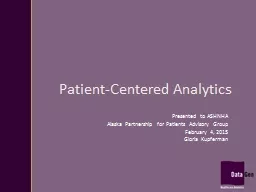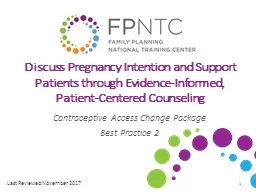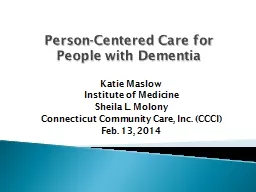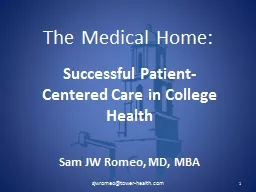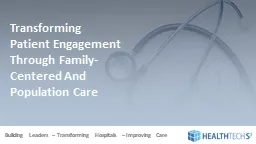PPT-Patient-Centered Analytics
Author : jane-oiler | Published Date : 2019-06-29
Presented to ASHNHA Alaska Partnership for Patients Advisory Group February 4 2015 Gloria Kupferman DataGen Medicare advocacy analytics for 46 State Hospital Associations
Presentation Embed Code
Download Presentation
Download Presentation The PPT/PDF document "Patient-Centered Analytics" is the property of its rightful owner. Permission is granted to download and print the materials on this website for personal, non-commercial use only, and to display it on your personal computer provided you do not modify the materials and that you retain all copyright notices contained in the materials. By downloading content from our website, you accept the terms of this agreement.
Patient-Centered Analytics: Transcript
Download Rules Of Document
"Patient-Centered Analytics"The content belongs to its owner. You may download and print it for personal use, without modification, and keep all copyright notices. By downloading, you agree to these terms.
Related Documents

